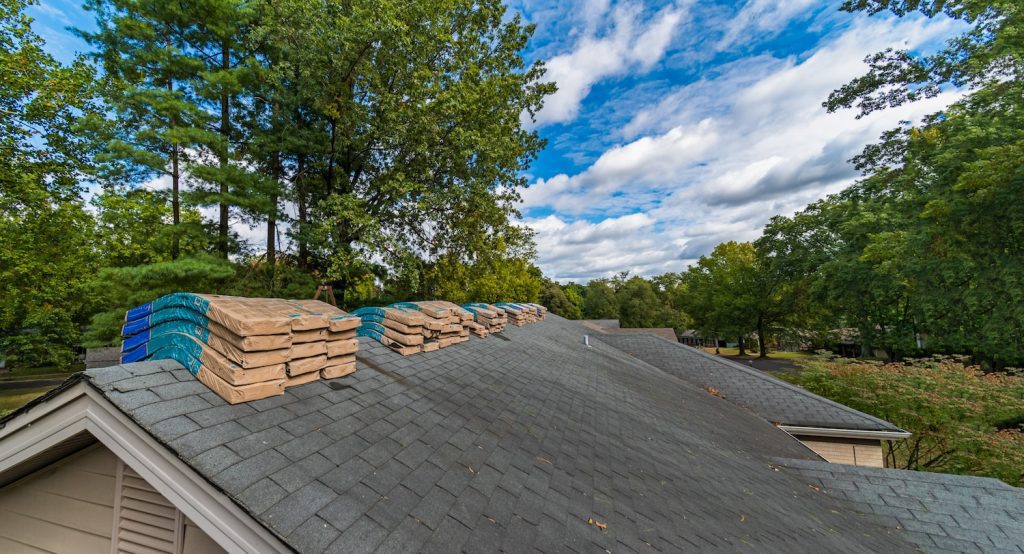The Role of Your Roof
Your roof plays a vital role in protecting your home, shielding it from rain, wind, sun, and snow. It’s easy to overlook its importance—until something goes wrong. Over time, wear and tear inevitably take their toll, and roof replacement becomes not just a choice, but a necessity. While the idea of replacing a roof may seem daunting, understanding the reasons behind it and what the process entails can make it much easier to navigate.
When Does a Roof Need Replacing?
Roofs don’t last forever. The average lifespan of a roof depends heavily on the materials used and the climate it endures. For example, asphalt shingles can last two or three decades, while metal or tile options might stretch out to 50 years or more. Still, even the most durable roofs are vulnerable to the elements. Years of exposure to sun, storms, snow, and wind can lead to leaks, structural damage, and energy inefficiencies.
Sometimes, the signs of aging are obvious—water stains on the ceiling, missing shingles, or a sagging roofline. In other cases, issues develop quietly, like granules washing into gutters or increasing energy bills due to deteriorating insulation. When patchwork repairs are no longer enough, replacing the roof becomes the smarter long-term solution.
The Roof Replacement Process
The process begins with a professional assessment. An experienced roofing contractor will examine the existing roof to determine its condition and uncover any underlying problems that aren’t immediately visible. This inspection is critical because a roof isn’t just about shingles; it includes the deck, underlayment, and flashing, all of which must be in good shape to support the new materials.
After the assessment, the homeowner typically receives an estimate. Pricing will vary based on material, size, slope, and local labor rates. This is also the time to explore your options and choose the best material for your home’s needs and aesthetic. Whether you’re drawn to the classic look of asphalt, the durability of metal, or the energy efficiency of modern composites, your choice will shape the performance and lifespan of your new roof.
Once decisions are made and schedules are set, the old roof is carefully stripped away. This tear-off phase is more than just demolition—it’s also a critical opportunity to check the roof deck beneath for any hidden damage. Sections that are weakened or rotting need to be replaced before anything new goes on.
Next comes the installation phase. A moisture barrier or underlayment is laid down first to protect the home from water intrusion. Then, the new roofing material is applied, layer by layer, with precision and care. Proper ventilation and flashing installation also take place at this stage to help the roof breathe and manage water runoff effectively.
After the installation is complete, a thorough clean-up is conducted. A professional crew should leave the site as tidy as they found it, if not cleaner. The last step is a final inspection to ensure every detail meets building codes and quality standards.
Choosing the Right Contractor
Choosing the right roofing contractor is one of the most important decisions in this process. Homeowners should do their homework, looking for licensed and insured companies with a solid reputation. While some contractors make a lot of noise with flashy advertisements, others build their businesses more quietly, relying on referrals and repeat customers.
Take, for instance, a company like Beaver Roofing—not necessarily the first name you see in bold print, but known in some communities for steady, reliable service over the years. Sometimes the most consistent performers are those you find not on billboards, but through a neighbor’s recommendation.
Understanding the Costs
Cost is often a major factor for homeowners considering roof replacement. Prices can range widely depending on the project scope, the chosen materials, and the region. It’s tempting to go with the lowest bid, especially when trying to stick to a budget, but cheap isn’t always cost-effective in the long run. High-quality materials and skilled craftsmanship often carry a higher upfront price tag, but they also provide better durability and fewer problems down the line.
Long-Term Benefits of a New Roof
Aside from protecting your home, a new roof brings additional benefits. Energy efficiency tends to improve thanks to modern insulation materials and better ventilation systems. A new roof can also raise the resale value of a home and boost its curb appeal. And there’s peace of mind in knowing that your home is safe from leaks and weather damage.
Roof replacement may not be the most glamorous home improvement project, but it is certainly one of the most essential. Taking the time to understand the process, from inspection to installation, helps homeowners feel confident in their decisions. Whether you’re responding to damage, planning ahead, or simply upgrading materials, investing in a new roof is investing in the future of your home.


